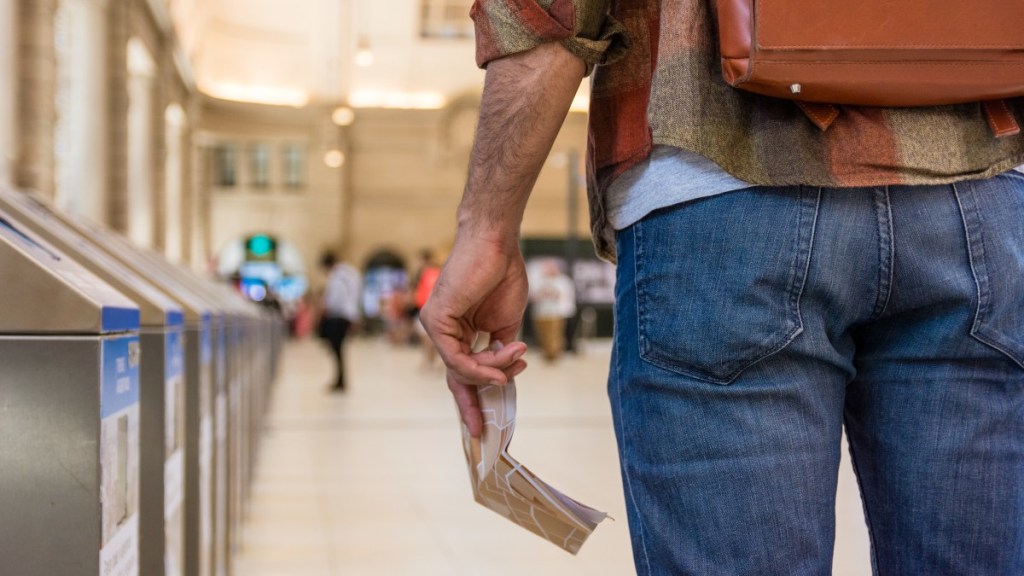India is witnessing a travel boom but organised luggage firms are finding it difficult to reap the benefits of this surge due to a shift in customer base to new-age companies.
Legacy players such as Samsonite, VIP Industries and Safari are struggling with decline in sales & profit amid high discounting and promotional intensity across platforms as well as a growing preference for online and direct-to-consumer brands by consumers.
Trade and distribution sources that FE spoke to say that discounts on most luggage brands today are as high as 50-70%, both online and offline, as consumers seek durable and value-for-money products. New-age brands such as Mokobara, Nasher Miles, ICON and Uppercase among others are also upending the market with new designs, styles and innovations. Legacy players are therefore feeling the pinch as the `15,000-crore domestic luggage market undergoes a churn.
A report by Crisil Ratings notes that organised luggage makers have about 40-45% share of the overall market in India. While the shift from unorganised to organised is happening swiftly, it is the newer brands that are gaining share as they remain agile and innovative.
The world’s largest luggage maker Samsonite, for instance, saw a 19.3% decline in India net sales in FY24 due to intensifying competition. It follows a January-December accounting year (see chart).
When announcing its FY24 results last week, Samsonite admitted that rivals, including VIP Industries and Safari were increasing the discounts on their brands to lure consumers in India. This was hurting its sales, especially, of American Tourister, a popular brand, whose sales was down 6% for the year.
If India, which is Samsonite’s second-largest market globally after China, was excluded, then the sales decline for American Tourister, was lower at 1.9% for FY24, Kyle Gendreau, CEO of Samsonite, said.
Neetu Kashiramka, MD, VIP Industries, while admitting that the firm was providing deep discounts on its soft luggage only, said it was e-commerce platforms such as Flipkart and Amazon that were giving huge discounts on their luggage portfolio.
“They (Amazon/Flipkart) are selling below their purchase price, which is a big problem. We have an agreement with them (e-commerce platforms) to not sell below the market operating price (MOP) for any product of VIP. This is applicable offline too. I can’t comment on what peers are doing,” she said.
But retail experts say that the online segment has actually democratised the luggage market, with brands, both big and small, available at reasonable price points. Replacement cycles for luggage has also grown, say experts, with D2C players driving smart solutions aggressively.
“The post-Covid-19 luggage market has evolved considerably. Consumers today are not only travelling more, but are also demanding innovative and fashionable products,” Harminder Sahni, founder and MD at Gurugram-based retail consultancy Wazir Advisors, said.
For instance, D2C brands today are coming up with smart luggage options that have tracking systems, in case it is lost during transit. Some brands are also focusing on lightweight materials to make travel experiences easier for consumers. Still others come loaded with smart sensors to control autonomous movements and adjust to a consumer’s walking speed and some others are simply designed well allowing consumers to pack in more without luggage looking bulky and heavy.
“There is a discernible shift from traditional, functional luggage to products which are stylish and practical. This reflects the evolving needs of modern travellers. Bags are also becoming a personal statement of the traveller, with brands innovating for short-duration and long-duration travel,” N Chandramouli, CEO of Mumbai-based brand advisory firm TRA Research, said.
To increase consumer excitement, legacy players such as Samsonite and VIP have amplified their marketing efforts in recent years, tying up with both brand ambassadors as well as social media influencers on digital media.
Gendreau said that he saw promotional intensity reducing in 2025 as the market was likely to stabilise this year. According to Kashiramka the e-commerce platforms would have to reduce deep discounting to improve profitability.
For now, though, the consumer is having a ball of a time.


